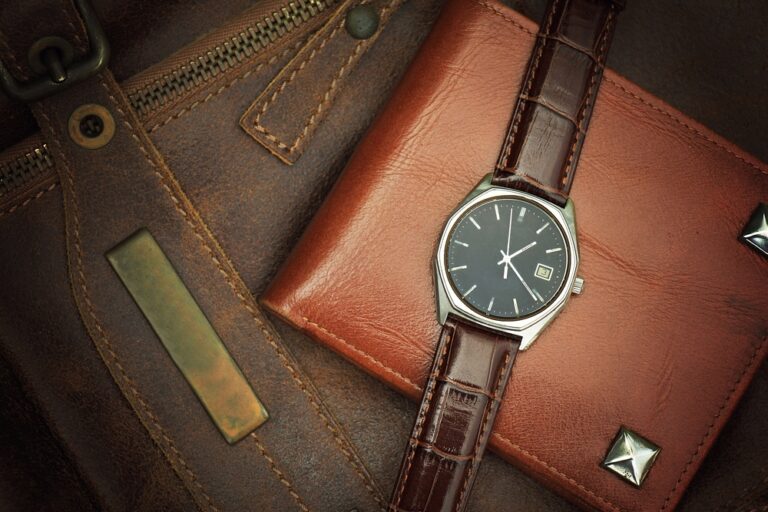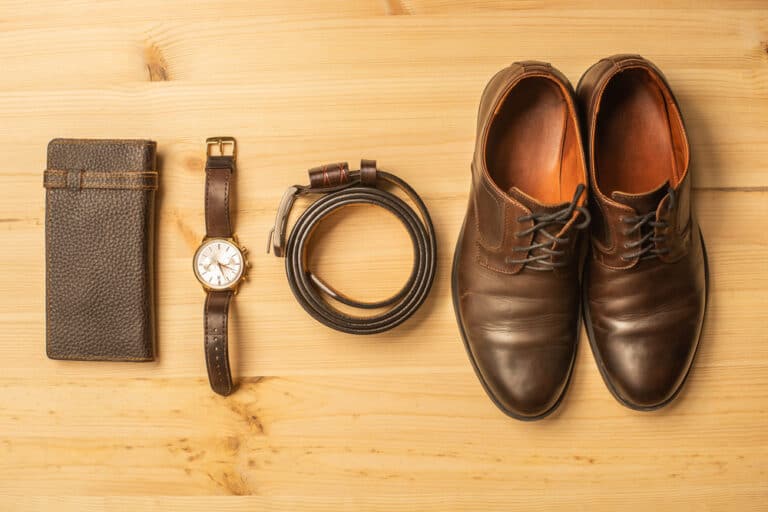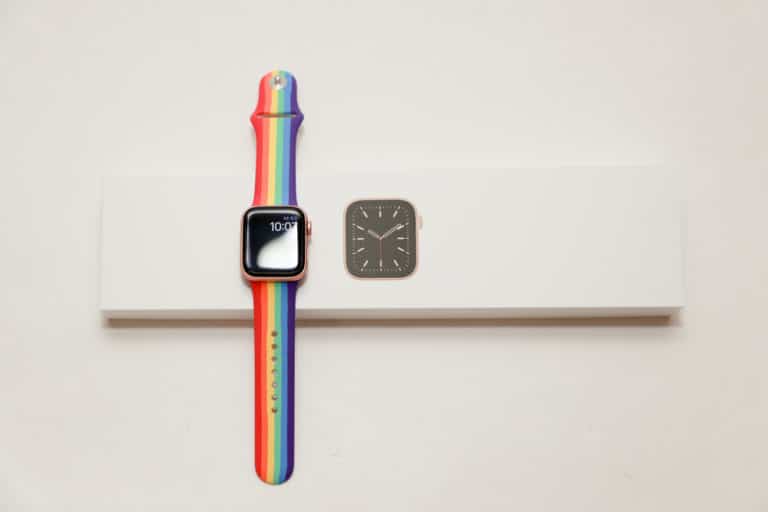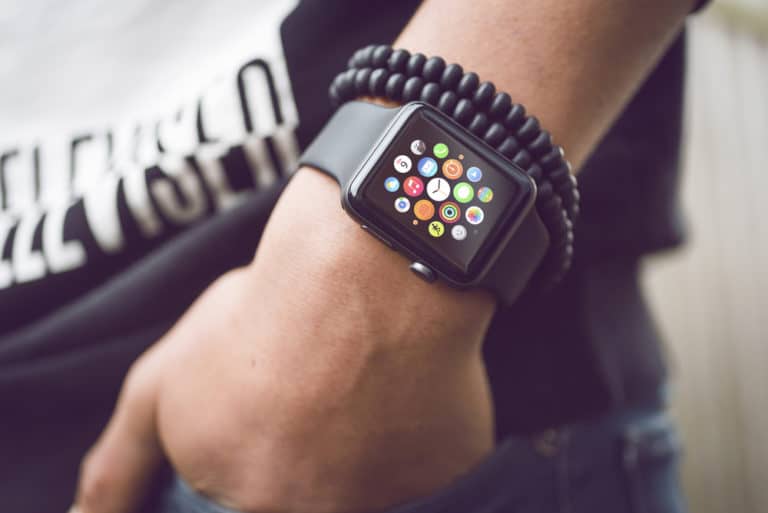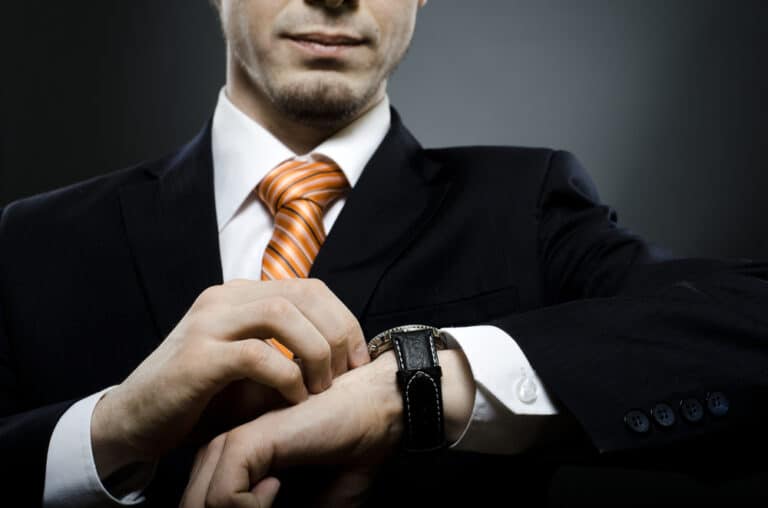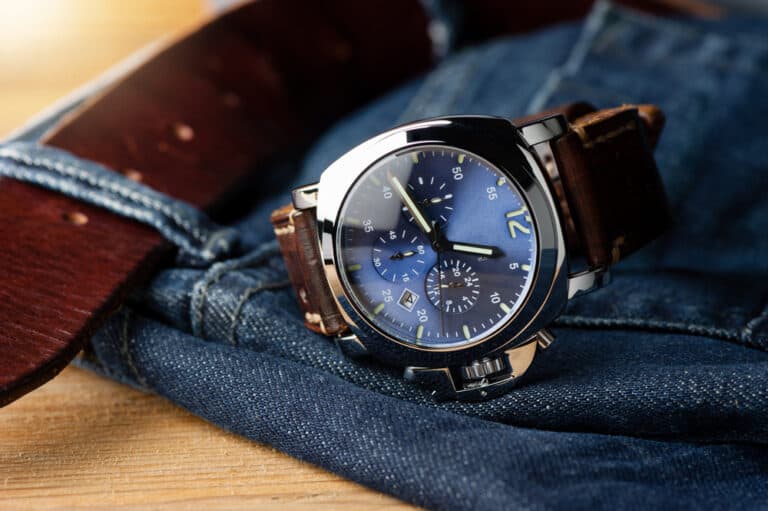The chronograph is a fancy term for a stopwatch or timer. In addition to precision timekeeping, chronographs calculate speed and distance. The chronograph function has between one and three buttons, start, stop, and reset. Although the demand for chronographs increased with the advent of aviation, their popularity grew with automobile racing.
Chronographs can be worn at any time. You can use chronographs to time just about anything; they can be used in sports such as racing, diving, on planes by pilots, baking and cooking, and even recording heartbeats. NASA pilots even wore chronographs on their missions to the moon.
Louis Moinet developed the first chronograph; he was a keen astronomer. His chronograph measured sixtieths of a second. They wereadapted to record horse races. These days, chronographs include calculating, recording, and analyzing data. Deep-sea divers and water sport enthusiasts use water-proof chronograph models.
What Types Of Chronographs Can You Wear?
Chronograph watches record seconds, minutes, and hours; some can split the seconds into smaller units. Chronographs usually have two buttons, one for starting and stopping and pausing, the other for resetting. Quartz movements are a feature of most chronographs.
Chronographs can be semi-integrated, integrated, or modular; some have oscillating pinions, others the flyback or the Rattrapante. Some chronographs also include a tachymeter. Tachymeters measure speed, distance, and fuel consumption using the scale on the bezel (outside) of a watch. It is possible to compute speed based on travel time. It is also possible to use a chronograph to measure distance based on speed.
Modular chronographs are separate from the main movement, whereas integrated chronograph mechanisms are on top of the bridges of the main movement or partially on the dial side for the hour recording mechanism. In an oscillating pinion chronograph, there is a 4th wheel that drives the chronograph mechanism. A less common type of chronograph is the semi-integrated mechanism.
With its ‘snail-cam-and-lever system,’ the flyback chronograph enables rapid restarting of the timer function with an instant jumping mechanism every 60 seconds. Watch mechanisms that are not fully automatic are more cost-effective. Automatic chronographs appeared on the watch scene in 1969.
In French, the Rattrapante chronograph means ‘split seconds’; these watches have an extra second hand superimposed on the chronograph hand, allowing the measurement of more than one event simultaneously.
How Do Chronograph Watches Work?
The chronograph function in a watch consists of at least one push button, usually more. In the early days of chronographs, there was only one push button; in 1923, however, the first chronographs with two push buttons appeared. Push buttons are known as ‘pushers.’
A chronograph is an addition to a watch; they are called complications in mechanical watches. To operate a chronograph, the user will push once to start the timer and again to stop the process; pressing the button again will reset the chronograph back to zero.
There is usually one chronograph push-button located at the 2 o’clock area of a watch; this button is for stopping and starting. A second push-button, located at the 4 o’clock area, this button resets the chronograph back to zero.
Chronographs either ‘tick’ or ‘sweep’; ticking is associated with quartz watches, whereas sweeping refers to mechanical watches. The difference between the two terms is related to frequency. The watch frequency measurement is Hertz(Hz) or vibrations per hour (VpH). The standard ticking frequency is 21,600 VpH; the watch ticks six times a second.
Chronographs Vs. Chronometers
The chronograph is sometimes confused with a chronometer. A chronometer is a watch that has passed a series of precision tests over 15 days. The Official Swiss Chronometer Testing Institute (COSC) gives an official rate certificate to chronometers. For a watch to pass this test, it must have an accuracy of between +6 and -4 seconds per day.
A chronometer is a superior timekeeper and accurate. A watch can be a chronometer and have a chronograph function, but they can also be separate. Because it is a chronometer, it doesn’t always mean that a watch is also a chronograph and vice versa.
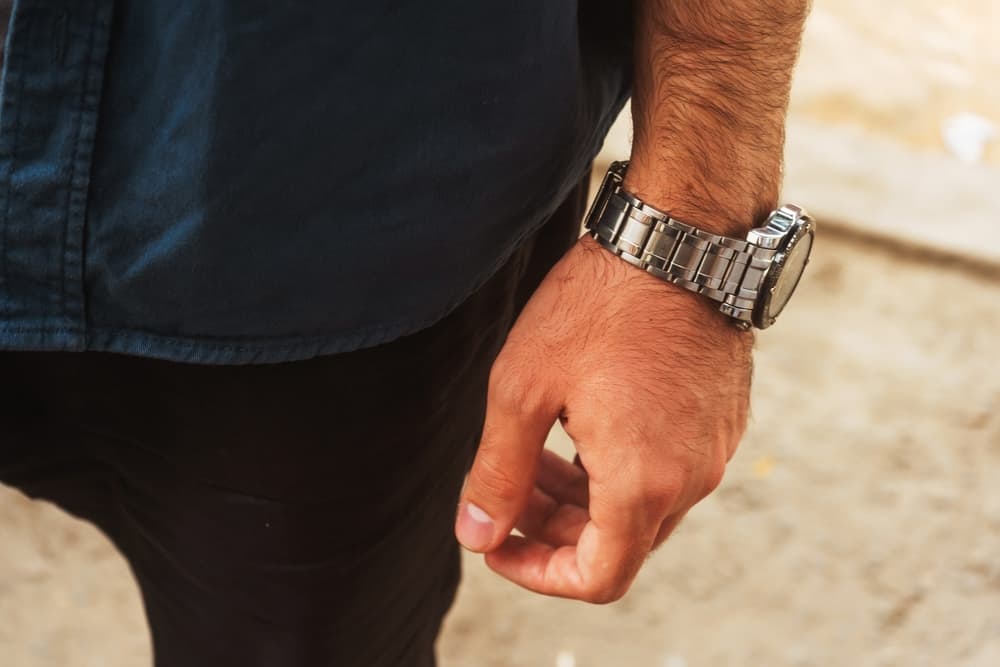
Practical Applications Of The Chronograph
Chronographs may include additions such as a tachymeter, pulsometer, or telemeter. Doctors use pulsometers to measure a patient’s pulse, telemeters calculate distance, and tachymeters calculate speed. Another particular chronometer doctors use, the asthometer, calculates a patient’s respiration rate per minute.
Tide chronographs measure tides, giving an idea of high and low water. Fishermen would find this function beneficial, as would sailors. By keeping track of the water levels, sailors can avoid natural hazards such as sandbanks.
Chronographs are a handy tool when it comes to the kitchen.
The first pilot watch originated in 1904; the French jeweler and watchmaker Cartier designed it. Cartier created the ‘Santos; famous because of Brazilian aviator Alberto Santos-Dumont. Luminous dials, introduced on pilot watches, appeared during World War I. The rotating inner dial of this watch can calculate a pilot’s position with good precision.
The GMT hand was another innovation that enabled pilots to calculate the time zones in which the pilot was flying. The Rolex GMT Master was one of the most famous watches. The Pepsi GMT watches could show two time zones simultaneously
Pan Am pilots wore these watches as standard issues.
Race car drivers would wear chronographs. Motorsports rely on highly accurate timekeeping to track a driver’s performance. Since the 1950s, racers have worn mechanical chronographs. Ferrari, Lotus, Maserati, and other Formula I teams depended on these chronographs.
In the 1960s, the Carrera and Monaco were designed. The first automatic chronograph, the Caliber 11, was produced in 1969. Although today’s drivers don’t rely on a wristwatch to keep track of time anymore, the relationship between racing and the watch industry remains strong.
Chronographs Worn As A Status Symbol
Mechanical watches are associated with status symbols. Branding and using expensive materials like gold and platinum increases their value. Brands like Rolex and Patek Philippe are the epitome of luxury in watchmaking; they have high price tags.
Wearing a high-end watch is not only a status symbol but also an appreciation of the craftsmanship and exclusivity that appeal to a watch wearer. In addition, these exclusive watches often have timeless designs, and there is usually only a limited quantity available, which increases their value.
Automatic Chronographs have extremely complicated movements and can be very expensive, in the region of $10,000 and more. As a result, automatic chronographs are very rare indeed. Meca-Quartz Chronographs are hybrid watches with quartz movements for precision timekeeping and sweeping mechanical chronographs.
Conclusion
The reason for wearing a chronograph watch is different for each person. For practical reasons, some people wear them to calculate distance, speed, heartbeat, or respiration. Others wear a chronograph for prestige or status, yet others purely for its craftsmanship. Nevertheless, the chronograph will remain a prestigious icon in the watchmaking world.

